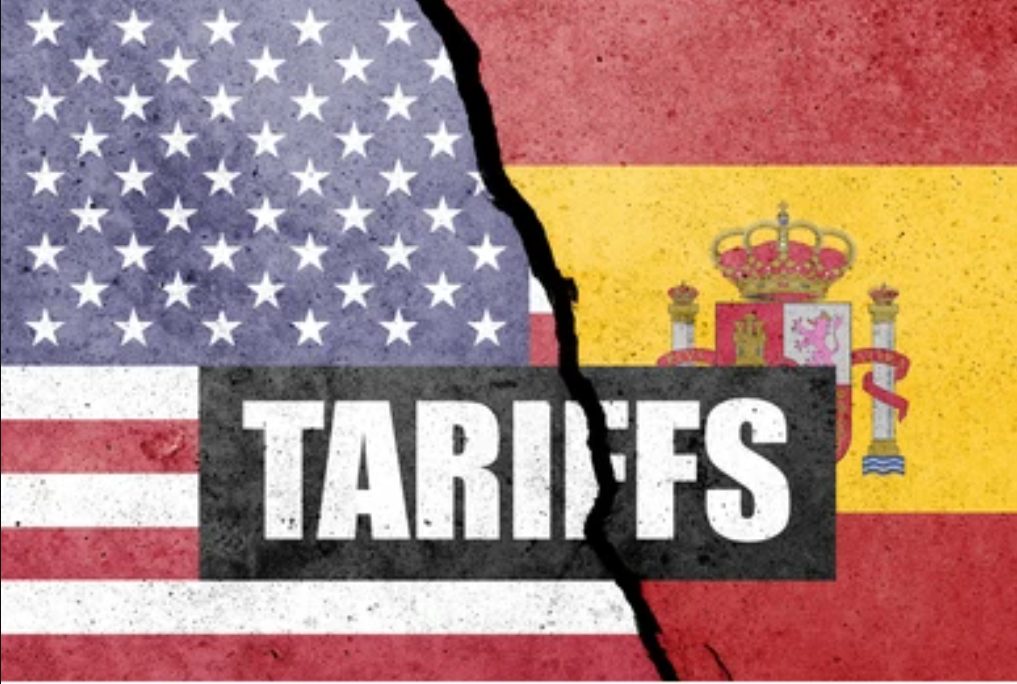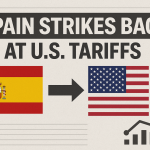Now Reading: How to Use Online Courses Not Just to Learn, but to Create
-
01
How to Use Online Courses Not Just to Learn, but to Create
How to Use Online Courses Not Just to Learn, but to Create

In today’s digital age, online courses have revolutionized how we learn, offering unprecedented access to expert knowledge across virtually every discipline imaginable. But beyond the well-known benefit of acquiring new skills and building foundational knowledge, online courses hold a deeper potential: they can serve as catalysts for your personal creativity and innovative projects. Instead of merely consuming content like passive spectators, forward-thinking learners are turning their educational experiences into active endeavors—using what they learn as springboards for creating original work, developing portfolios, or expressing their unique voices.
From Passive Learning to Active Creation: Practical Strategies
The key to transforming online courses from mere knowledge repositories into engines of creativity is adopting a mindset of active application and experimentation. Here’s how you can do it:
1. Identify Actionable Lessons and Inspiration
Most courses offer downloadable resources, project ideas, and practical exercises. As you progress, instead of just completing assignments, focus on extracting insights and techniques that resonate with your personal or professional goals. For instance, a graphic design course might introduce a new illustration technique; challenge yourself to adapt that technique into a project that reflects your style or solves a real-world problem.
2. Integrate Course Content into Your Workflow
Rather than viewing course activities as standalone tasks, embed the lessons into your ongoing projects. For example, if you’re learning web development, immediately apply new coding skills to a personal website or a side project. This continuous integration accelerates skill mastery and begins to generate tangible work that can be showcased.
3. Set Concrete, Creative Goals
Establish specific objectives that push your boundaries: “Create a portfolio piece inspired by what I learned,” “Design a prototype of my app idea,” or “Write an article that distills my newfound knowledge.” Goals give your learning direction and ensure that your efforts culminate in unique artifacts rather than just accumulating knowledge.
4. Experiment and Iterate Relentlessly
Don’t shy away from pushing yourself beyond comfort zones. Use the course material as a foundation, then modify, combine, or extend it. For example, blend techniques learned from different courses to craft hybrid projects or challenge yourself with assignments that require innovative thinking. Embrace failure as a vital part of growth, iterating your work based on feedback and self-reflection.
5. Engage with Community and Seek Feedback
Most online courses foster communities—forums, peer groups, or mentorship networks. Active participation allows you to share your work, receive constructive critique, and gain inspiration from others’ projects. The feedback loop is crucial in refining your creations and inspiring new ideas, turning your projects into evolving endeavors.
6. Curate a Portfolio of Unique Creations
Documentation is essential. Collect your best projects—whether art, code, writing, or entrepreneurial concepts—and assemble them into a portfolio. This curated showcase not only demonstrates your skills and personal style but also transforms your learning experiences into concrete evidence of your creative journey. It becomes a powerful tool for attracting collaborators, clients, or job opportunities.
Transitioning From Learning to Creating: Practical Steps
Turning learned concepts into original work doesn’t happen by accident; it requires a strategic approach. Here’s a step-by-step method for effectively leveraging online courses as foundations for your creative pursuits:
1. Align Courses with Your Creative Goals
Before enrolling, identify what kind of projects or skills you want to develop. Choose courses that directly support these objectives, whether that’s mastering Photoshop for digital art, learning Python for automation, or understanding branding for your startup.
2. Break Down the Curriculum into Actionable Tasks
Instead of passively following the syllabus, deconstruct lessons into smaller projects. For example, after a module on logo design, create a series of logos—either for fictitious brands or personal concepts—that serve as portfolio pieces.
3. Set Specific, Measurable Outcomes
Define what success looks like: “Complete three website mockups inspired by the course,” “Publish a blog post summarizing my learning,” or “Build a functioning prototype of my app idea.” Tracking progress fosters motivation and clarity.
4. Experiment and Push Beyond the Course Material
Use tutorials and exercises as starting points, then customize or extend them. For example, modify an app template to include a feature you want to learn, or adapt an art style to reflect your personal aesthetic.
5. Document Your Process and Seek Feedback
Share your work on social platforms, online communities, or within course forums. Active feedback helps you refine your projects and fosters connections with peers who can inspire and challenge you.
6. Curate and Showcase Your Work
Build a personal website or portfolio that displays your best projects. This showcases your evolving skills and supports your personal brand, whether you’re freelancing, applying for jobs, or pitching your ideas.
7. Iterate and Expand
Use each project as a learning experience, applying new skills and tackling increasingly complex challenges. Continually seek out new courses or resources for growth, and treat your portfolio as a living document responding to your expanding expertise.
Conclusion: Embracing the Creator Mindset
In essence, the shift from passive learning to active creation through online courses hinges on your mindset. Recognize that courses are not ends in themselves—they’re launchpads for your innovations and personal expression. By actively applying what you learn, experimenting boldly, engaging with communities, and curating your work, you can turn educational resources into powerful tools for artistic, technical, or entrepreneurial creation.
Whether your aspiration is to develop a standout portfolio, bring an original project to life, or craft a distinctive voice in your industry, the most successful learners are those who see online courses as a foundation—a starting point for making meaningful, tangible work. Embrace this approach, and watch your digital education transform into an ongoing journey of creativity, growth, and impactful self-expression.










